Partners in Profit
Effective alliances add up to more than the sum of their parts
By Dayton Fandray Continental Magazine
WHENEVER I CONSIDER THE VALUE of business partnerships and strategic alliances, I think back to the day I helped my friend Des and his wife, Annabelle, move into their first home. We had spent the better part of the morning happily schlepping boxes and small furniture, but by early afternoon we had to face the challenge that every amateur mover fears — the dreaded sofa bed.
Getting it out of the old apartment was difficult but doable. Getting it into the new house, however, presented a seemingly insurmountable challenge. Short of removing the doorjamb entirely, there seemed to be no way to get the sofa bed through the front door. Since none of us had thought to bring tools, Des called his friend Sid, who agreed to come over with his toolbox.
When Sid arrived, he saw the situation and laughed. All we had to do, he said, was set the sofa on end and walk it through the door, angling the back of the sofa around the doorjamb. Being a musician accustomed to moving large amplifiers through narrow doorways, Sid saw the answer immediately. Within the hour we were all eating pizza and congratulating ourselves on a job well done.
People form partnerships and alliances because we understand that many hands do help lighten the load. But we also know — instinctively, at least — that outsiders bring a fresh, and often valuable, perspective to the table.
“One of the primary values of business partnerships and relationships is this ability to get access to different experiences, different perspectives, and knowledge,” says John Hagel III, coauthor with John Seely Brown of The Only Sustainable Edge: Why Business Strategy Depends on Productive Friction and Dynamic Specialization (Harvard Business School Press, 2005). “Often companies with different technical backgrounds that address different segments of the market bring a different set of experiences that help push you to think more creatively about opportunities and business needs.”
Our differences may indeed point the way to innovation, but they can just as easily lead to disagreements and misunderstandings. Before entering into an alliance or partnership, then, it is essential that all parties think long and hard about the logic behind the venture and the rules that will govern it as it moves forward. Larraine Segil, author of Measuring the Value of Partnering (Amacom, 2004), believes this is a process that begins even before you sit down to negotiate the terms of the alliance.
“The very first thing I would look at,” she says, “is have they partnered before? And if they have, I would go to speak to some of their partners and find out what their modus operandi was. You’ll learn a huge amount. It’s very rare that companies and people change the way they do things very quickly.”
If your potential partner has yet to establish a track record in partnerships and alliances, you can at least conduct a thorough background check. Seek input from your contacts in trade and industry groups or, failing that, look for a “paper trail.” With the resources of the Internet at your disposal, it should be easy to track down any relevant information that has appeared in the business or trade press.
Only after you have established that your potential partner can be a reliable ally should you move forward with negotiations that hammer out details such as a clear-cut vision of your ultimate goals, the milestones that will measure your progress on the road toward reaching those goals, and mechanisms for resolving conflicts and disagreements along the way.
The latter is particularly important because partnerships are, after all, social arrangements. When you bring different cultures together in any enterprise, a certain amount of conflict is inevitable. You can prepare for this in part by giving careful consideration to your deployment of personnel. The people who will be interacting most frequently with your partners should be flexible, curious, and open to new ideas. Whatever their expertise, you can ill afford to put dogmatic and stiff-necked employees in direct contact with your new partners.
That said, however, Hagel believes you should not be afraid of a little friction. “In business partnerships as they’ve played out for the past several decades,” he explains, “there’s been more and more emphasis on tightening and smoothing the relationships with business partners to make them more predictable. In the process companies are losing a lot of opportunity because not all friction is bad. In fact, friction occurs when you’re confronting new problems or new opportunities and you haven’t figured out yet how to address them. The challenge for management is, how do you take that friction, which can potentially be extremely dysfunctional, and convert it into productive friction?”
Running a successful business, like moving a sofa bed, will never be easy. But with the right partner at your side, miracles are indeed possible.
— Dayton Fandray
Learn How to Manage Your Staff for the Best Results! Simple step-by-step system.
The worlds best domain registrar and hosting company all in one.
5s Implementation Manual - Starting Lean Manufacturing in PDF eBook format
The very best professional project management documentation. Every template & form includes detailed guides and examples. Everything a project manager needs to deliver successful outcomes.

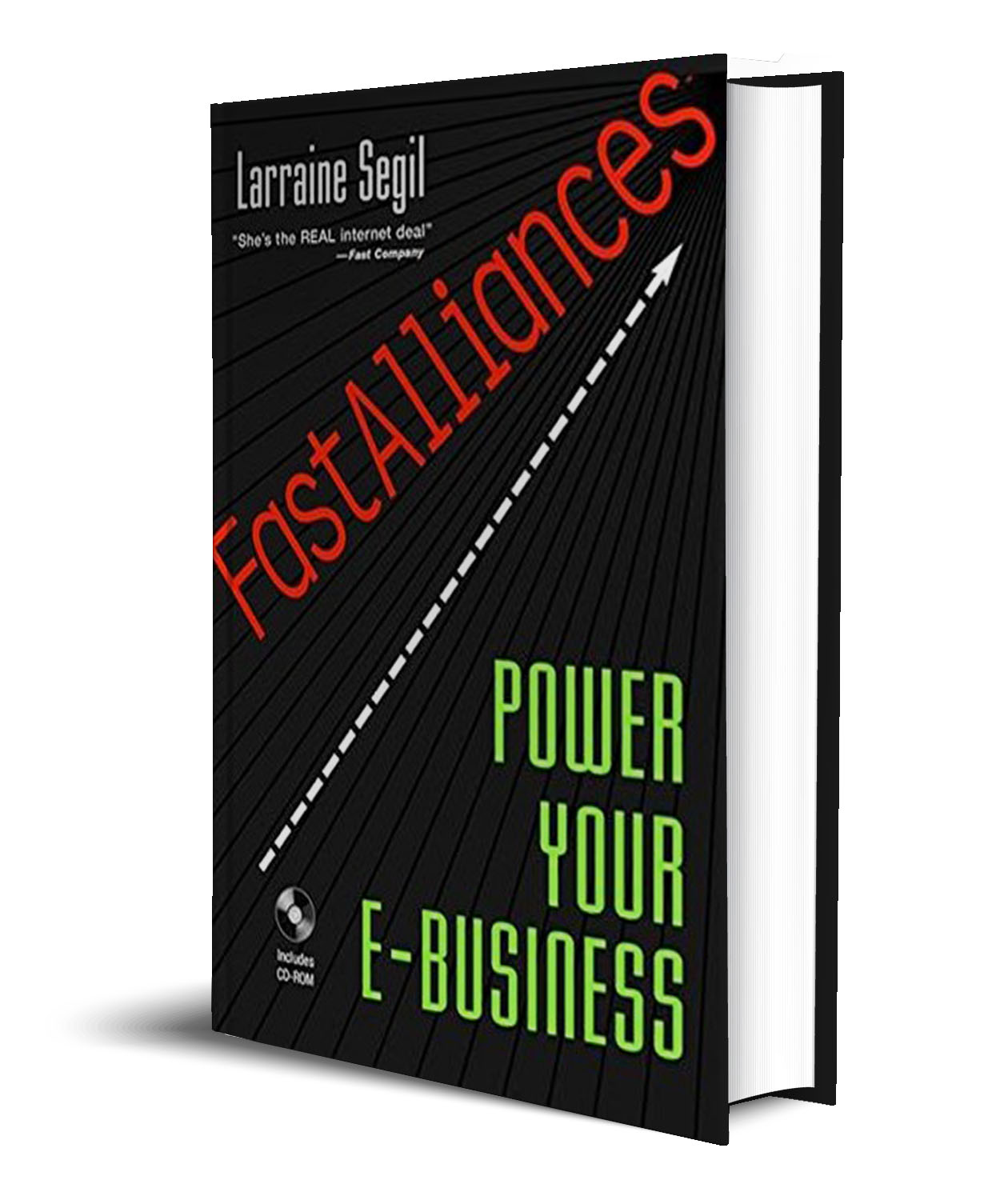
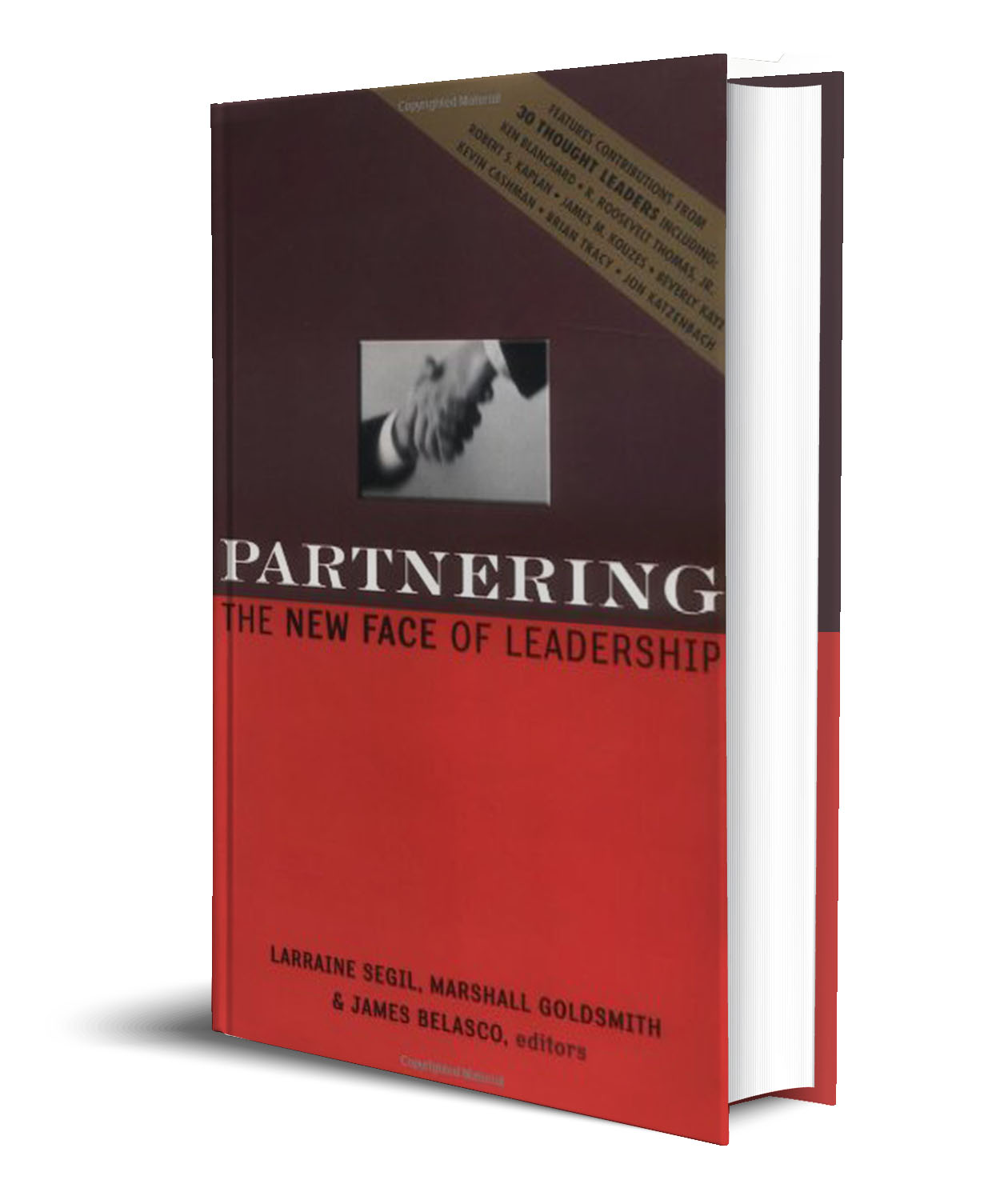
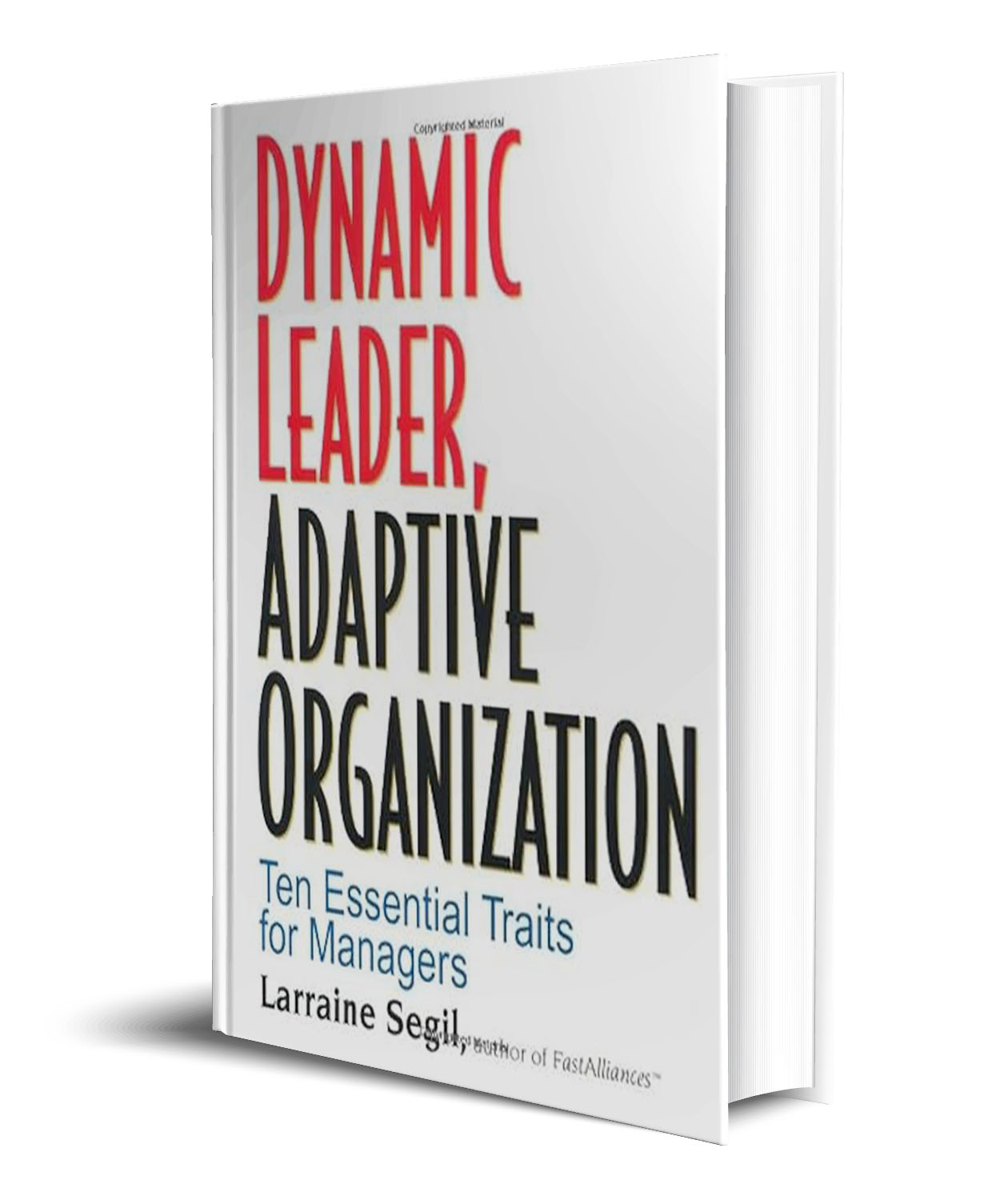
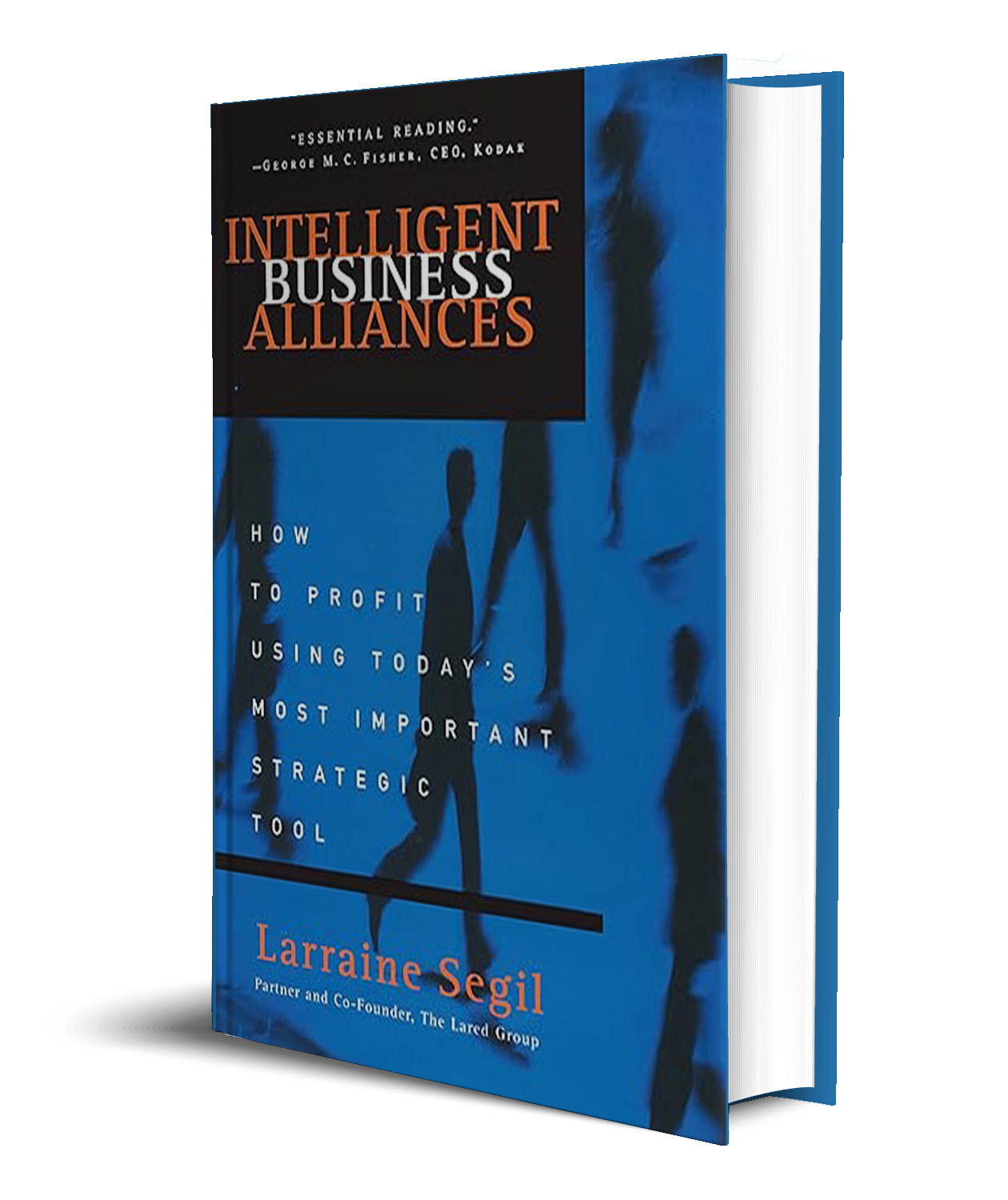
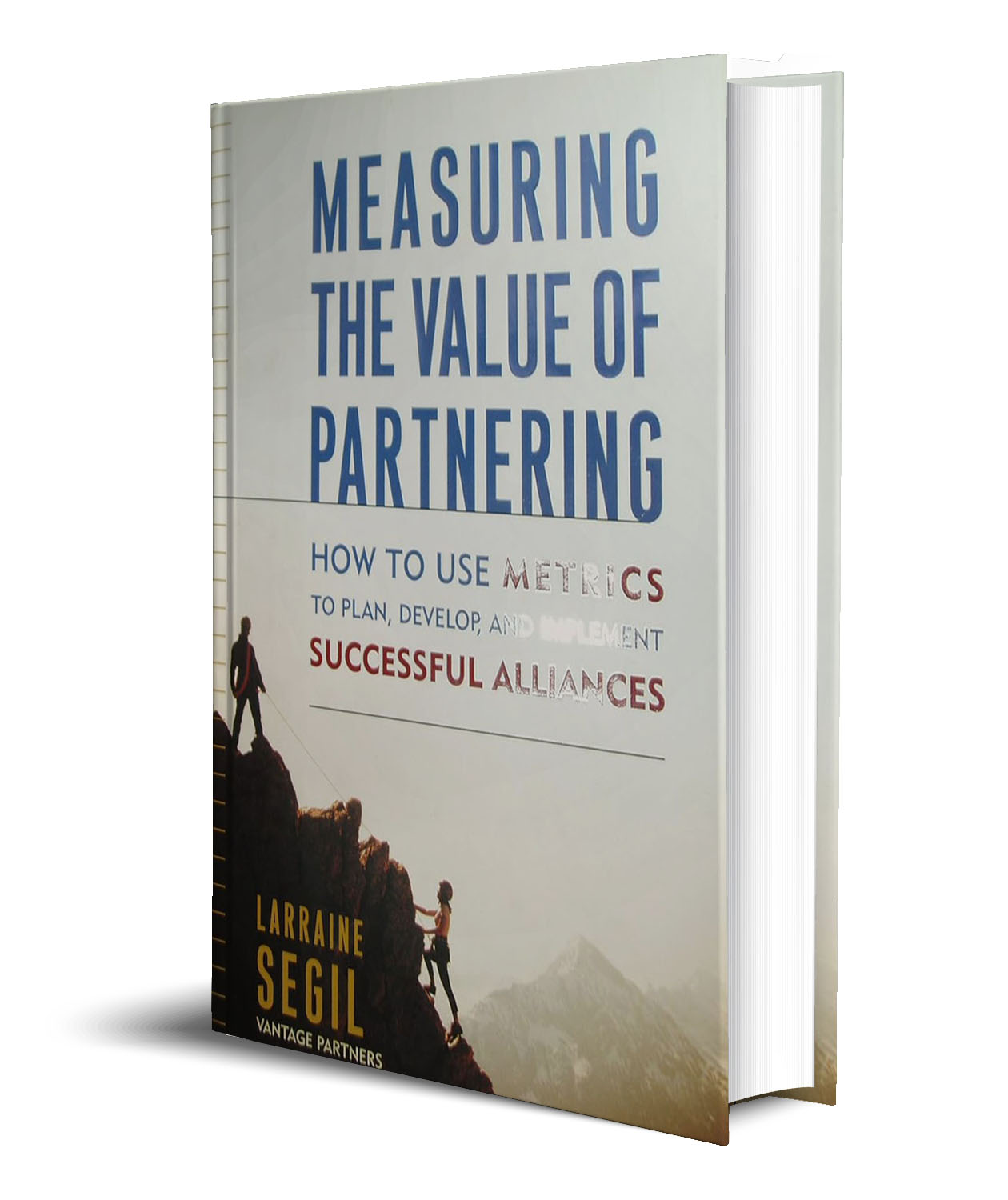
Leave a Reply
You must be logged in to post a comment.